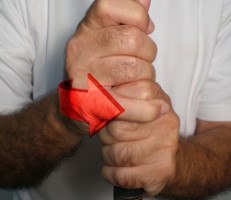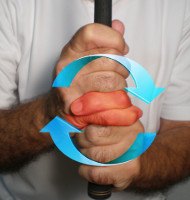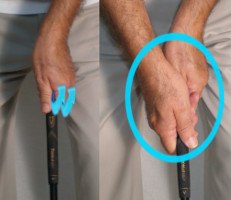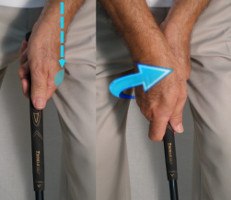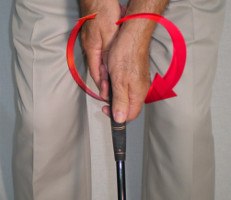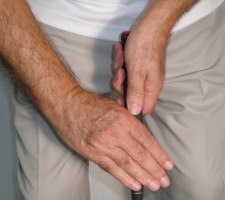Pros and Cons of Every Golf Grip Style |
Best Grip? Overlapping vs Interlocking |
Grip style: Interlocking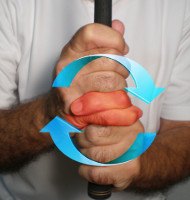 |
Hand position: Neutral to slightly strong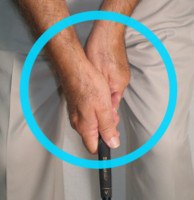 |
Putting grip style / hand position: Reverse overlap / neutral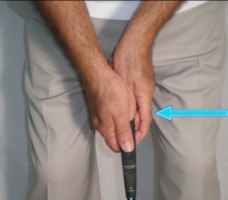
|

No question, Tiger Woods swing is the most analyzed in golf history. Woods has fueled this cottage industry by markedly changing his swing twice (and counting) during his remarkable career.
Perhaps that’s why most analysts barely mention Tiger Woods grip when breaking down his game. Let’s take a look at the grip that makes his swing go.
Like with his idol Jack Nicklaus, Woods employs an interlocking grip rather than the Vardon or overlapping style most tour pros use. Woods has actually altered his grip position slightly over the years, ranging from neutral to mildly strong. Most recently (summer 2014), he’s moved toward the strong side.
Look closely at Woods’ setup and you’ll notice the fingers on his left hand form a nearly 90° angle to the handle and shaft. This helps him keep the club secure throughout the backswing with minimal pressure, and prevents the wrists from becoming overly active on the downswing.
As for Tiger Woods grip with the putter, it’s a conventional reverse-overlap style, right hand below the left, with both hands in a neutral or square position. He places his thumbs straight down the center of the putter grip. Woods’ grip is conducive to an arc-style putting stroke in which the face opens in relation to the target line going back, then closes after impact.
